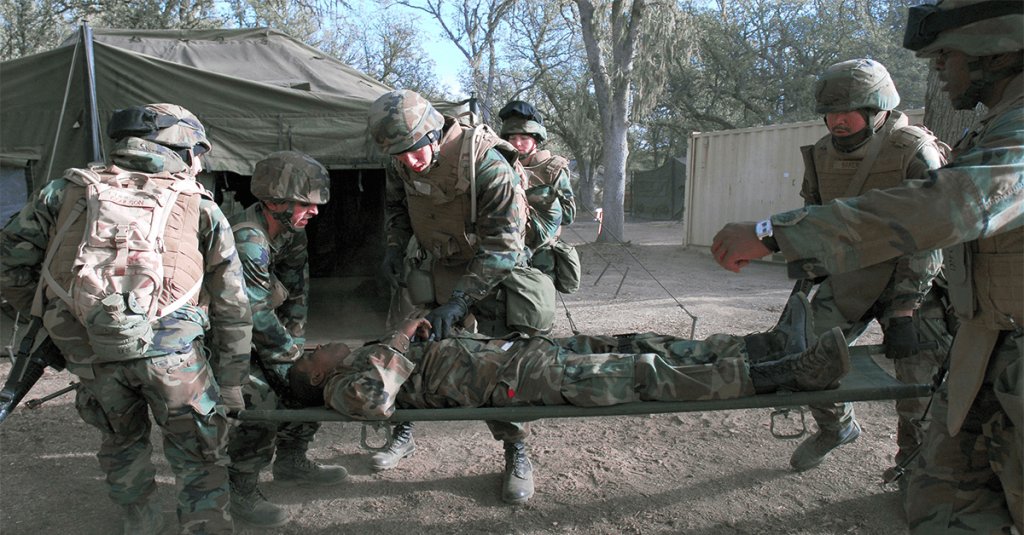

When you’re forward deployed fighting the enemy, people are going to get hurt— it’s the nature of the job. One aspect our military excels at is reaching its severely wounded troops with medical treatment quickly.
A mass casualty situation, however, is a problem. A mass casualty situation means any amount of injured patients that exceeds the number of resources available.
For example, if five soldiers become wounded on the battlefield and there is only one medic or corpsmen on deck, and they’re unable to treat their victims quick enough, that’s a mass casualty or “mass-cas.”
It happens more than you think.
The real problem is the medical aid stations (or battalion aid stations) only have so many personnel on deck and can’t take care of everyone at the same time — that’s when it’s time to call for back-up.
Boom!
An IED just went off a few miles away from the medical aid station. The medic or corpsman on deck is unhurt but now has to spring into action and rapidly start checking the wounded to account for the worst injuries. After they check their patients, the R.O., or Radio Operator, will call up a medevac, sending vital information to the aid station about the incoming troops.
Related: 5 key differences between Army medics and Navy corpsmen

Medical aid stations work like a well-oiled machine, and the staff members know their exact roles.
Typically, an aid station consists of a few doctors, a few nurses, and a few medics or Corpsmen. Once the wounded enter the medical station, their life status is quickly re-determined. Although the medic did this earlier in the field, the aid station will reassess using the same process of triage, as the patient’s status could have changed during transport.

The color that’s issued reflects the order in which the patient is seen. Treatment can be especially challenging because medical stations are temporary facilities and they don’t always have the most advanced technology; most get their power from gas-powered generators.
Also Read: This is how medical evacuations have evolved over the last 145 years

In the event the casualty needs to move to an upper echelon of care, a helicopter will be called up to transport them to a more capable hospital. This could also have happened while in the field. Since time is the biggest factor, getting the wounded to the closest aid station is key.
Based on the triage label color issued by the medical staff, that evacuation could take minutes or up to 24 hours. So you may have to sit tight if you’re just nursing a broken arm.
